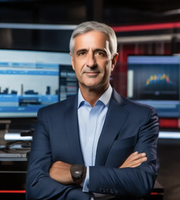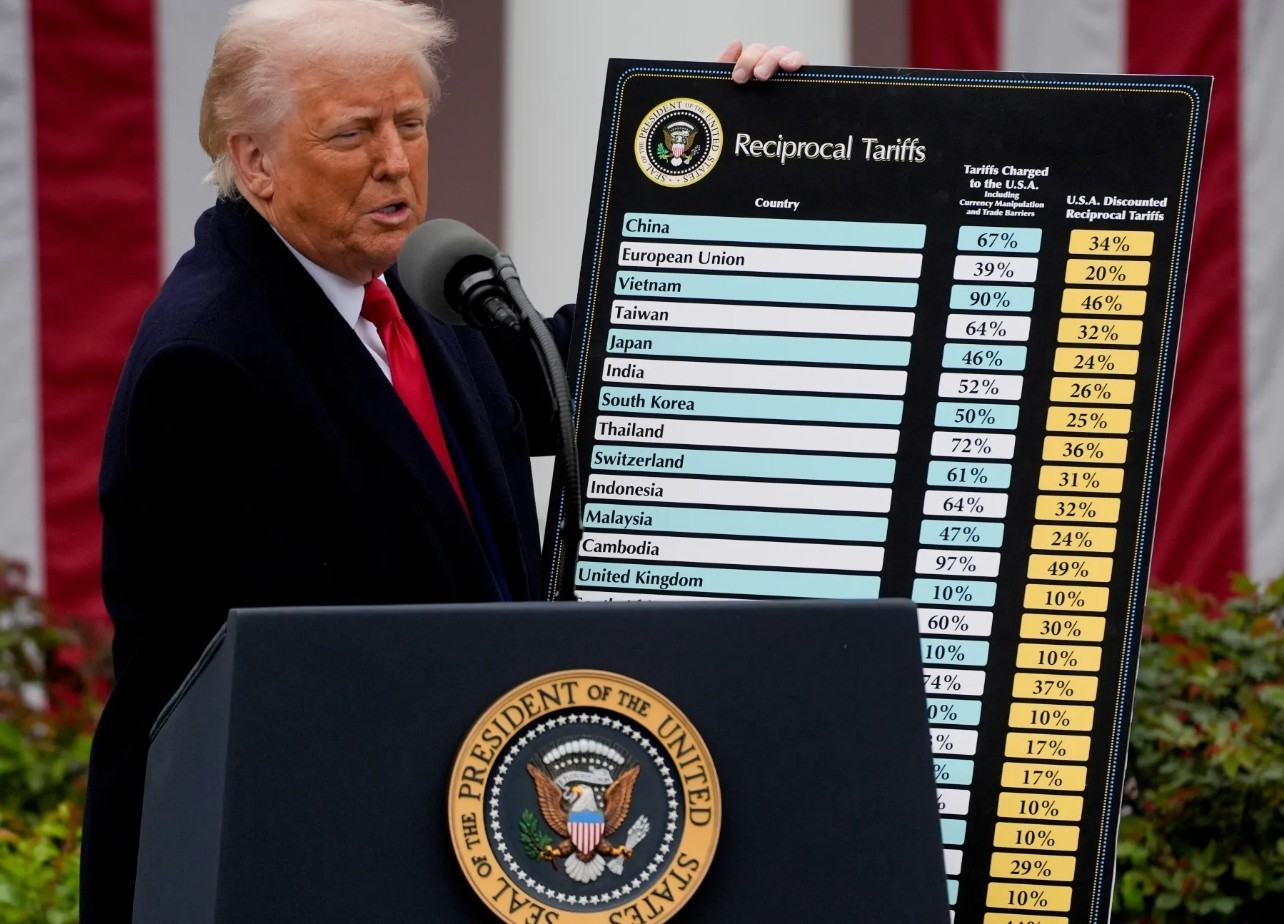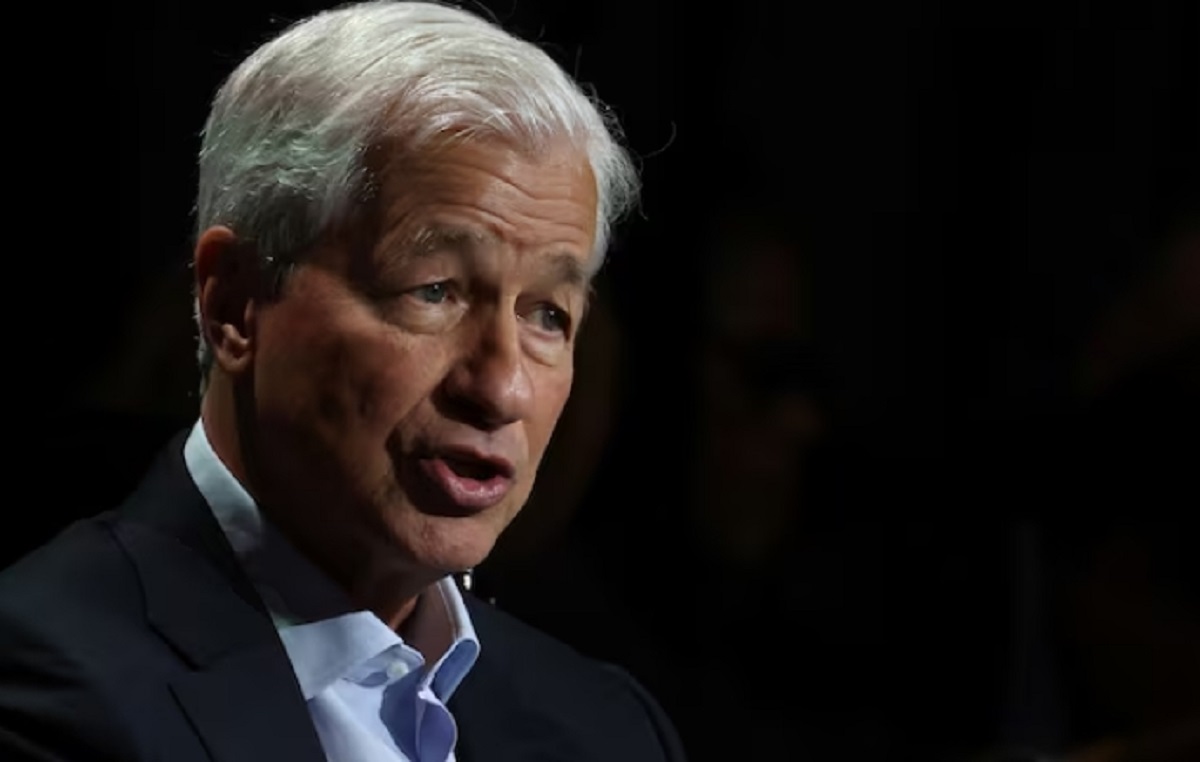Navigating the Tariff Truce: Tactical Sector Rotation and Hedging for the 90-Day Window
The U.S.-China tariff truce, effective May 14, 2025, offers a fleeting window of opportunity for investors to capitalize on revived trade flows while hedging against the risks of a potential post-truce breakdown. With tariffs slashed to 30% (U.S.) and 10% (China) from punitive levels exceeding 100%, this 90-day “breathing period” has reignited momentum in tariff-sensitive sectors like shipping, technology, and manufacturing. However, the clock is ticking—expiration looms on August 11, 2025—and geopolitical risks remain. This article outlines a tactical approach to deploy capital while mitigating downside exposure.
Ask Aime: "Capitalize on tariff-sensitive sectors before the 90-day truce ends on Aug 11, 2025."
1. Shipping: The Immediate Beneficiary of Trade De-escalation
The truce’s most direct impact is on global shipping, where costs and volumes were crushed by prior tariff spikes.  . Companies like A.P. Møller-Maersk (MAERSK-B) saw a 12% surge in shares, as reduced tariffs reignited demand for container freight. ETFs like the Global X Shipping ETF (SEA) and iShares Transportation Average ETF (IYT) are positioned to benefit from this rebound.
. Companies like A.P. Møller-Maersk (MAERSK-B) saw a 12% surge in shares, as reduced tariffs reignited demand for container freight. ETFs like the Global X Shipping ETF (SEA) and iShares Transportation Average ETF (IYT) are positioned to benefit from this rebound.
Investors should focus on logistics firms with exposure to China-U.S. trade routes. However, risks persist: 20% fentanyl-related tariffs on certain goods (e.g., pharmaceuticals) remain in place, and unresolved disputes over rare earth exports and semiconductor restrictions could dampen gains.
2. Technology: A Short-Term Rally in Semiconductors and Supply Chains
The tech sector, particularly semiconductors and consumer electronics, is primed for a tactical rebound. Tariff reductions have eased supply chain bottlenecks for companies like Nvidia (NVDA), Intel (INTC), and Apple (AAPL), which rely on cross-border chip manufacturing and assembly. The VanEck Semiconductor ETF (SMH) and broader tech ETFs like the Technology Select Sector SPDR Fund (XLK) are key plays here.
Yet, the truce does not resolve deeper structural issues, such as U.S. restrictions on advanced chip exports to China. Investors should avoid overcommitting to pure-play chipmakers without hedging.
3. Manufacturing: Infrastructure and Policy-Fueled Gains
The U.S. manufacturing sector is bolstered by domestic policies, including tariffs on foreign steel/aluminum and the CHIPS and Science Act, which has spurred $272 billion in semiconductor investments. ETFs like the SPDR S&P Metals & Mining ETF (XME) and iShares U.S. Industrial Metals ETF (IYM) can capture gains in materials and infrastructure plays.
However, China’s manufacturing sector faces headwinds, including slowing export demand and labor market strains. Investors should prioritize U.S.-exposed ETFs over China-focused ones like the iShares MSCI China ETF (FXI), which remains vulnerable to post-truce volatility.
4. Hedging Strategies: Protecting Gains Against Truce Breakdown
The 90-day window demands a disciplined hedging strategy to offset risks of renewed trade hostilities:
- Inverse ETFs for Volatility: Use ProShares UltraPro Short S&P 500 (SH) to hedge equity exposure. A collapse in talks could trigger a broad market sell-off.
- Currency Hedges: Pair exposure to China-linked ETFs (e.g., FXI) with WisdomTree Dreyfus Chinese Yuan ETF (CYB) to mitigate currency risk if the yuan depreciates post-truce.
- Short Volatility Plays: Consider ProShares Short VIX Short-Term Futures ETF (SVXY) to profit if the truce’s “risk-on” sentiment suppresses volatility.
5. Risks and a Cautionary Note
While the truce offers a tactical opportunity, investors must avoid complacency:
- Geopolitical Uncertainty: Fentanyl tariffs, technology disputes, and China’s rare earth dominance remain unresolved. A breakdown could reverse gains by August 2025.
- Structural Weaknesses: China’s slowing economy (GDP growth projected at 4%) and U.S. fiscal constraints limit the durability of any recovery.
- Sector Overhangs: Firms exposed to fentanyl-related tariffs (e.g., logistics companies like FedEx) or tech export controls should be avoided.
Conclusion: Act with Precision, Exit Before the Clock Runs Out
The tariff truce is a tactical window, not a permanent solution. Deploy capital in shipping, tech, and manufacturing ETFs now, but pair exposure with hedging tools to protect against the truce’s expiration. Prioritize liquidity and agility—by August 2025, reassess the landscape before committing further. As always, avoid overexposure to sectors dependent on a permanent deal. The next 90 days are a sprint, not a marathon.
Act now, but stay ready to pivot.










